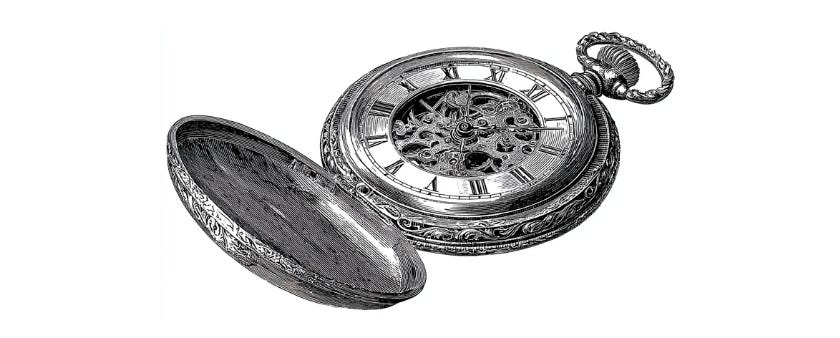Future You
It's not just about 70-year-old you. It's about next week's you.
I’ve been noticing something lately that’s equal parts frustrating and clarifying.
My body is changing the rules on me.
Not in some dramatic, injury-forced way. Just... quietly. Persistently. The kind of changes that accumulate until one day you look up and realize the game is different now.
Less high-impact training feels better than more. For example, I took boxing lessons for 6 months last year, and I was the oldest person in the room. Lifting with those guys was a lot of fun because they had weight benches and all the toys. But when we boxed, I had a full-body hangover from being punched over and over again.
Sleep isn’t negotiable anymore—those sub-8-hour nights hit different now, and not in a good way. I feel like a cranky zombie the next day.
Body fat that used to respond to “just work harder” now requires actual strategy. Like… calculating my 44-year-old TDEE, operating at a realistic calorie deficit, and understanding my hormones.
And stretching after a ruck? Mandatory; otherwise, my hips lock up and the back of my knees feel like rusted hinges.
Is this what our grandparents and parents warned us about?
The dilemma
Your body will tell you when high-impact training isn’t working anymore. The question is, are you going to listen?
Everyone’s talking about training for longevity right now.
Maybe it’s because a generation raised on “go hard or go home” is starting to understand that breaking yourself isn’t actually the goal.
Trainers posting about sustainable approaches. People in their 40s and 50s sharing their switches from high-impact to lower-impact work (e.g. less MMA, more walking and compound lifts). The r/fitness40plus subreddit is full of cautionary tales about what happens when you ignore these signals.
To be clear, high intensity is still valuable. You can get your heart rate up and burn calories with low-impact movements like cycling, rowing, or swimming. It’s high impact activities—like contact sports, running on pavement, exercises that involve pounding movements—that take an increasing toll on joints as we age.
But here’s what nobody talks about: what it actually feels like to accept that you need to train differently now.
The frustration of it. The resistance.
Your body will tell you when high-impact training isn’t working anymore. But the question is, are you going to listen?
Because when you’re looking at swapping that high-impact option for something lower impact, it doesn’t feel like wisdom at first. It feels like giving up. Like you’re accepting something you’re not ready to accept.
And I’m still wrestling with that.
Paying it forward (to yourself)
Future you starts tomorrow. Not in 30 years.
Here’s the thing about paying it forward to your future self: it’s not just about that 70-year-old version of you who wants to retire in the mountains or play with the grandkids.
It’s also about next week’s you. Next month’s you.
The you who has to show up for work, for family, for all the regular demands of life that don’t care if you’re sore or tired or broke yourself doing something that felt good in the moment, but cost you three weeks of RICE (rest, ice, compression, elevation).
Training for longevity = not hurting yourself today, so you can train tomorrow. Not hurting yourself tomorrow, so you can train next week. And so on.
When I choose to slow down and go lighter instead of always pushing impact and intensity, I’m training for both timelines. I’m making sure tomorrow’s me can still train AND that 70-year-old me can still move well. That’s the deal.
When I lift consistently instead of chasing heavier, I’m keeping myself in the game today AND decades from now.
When I actually sleep enough and eat smarter, I’m investing in next month AND the next 30 years.
Every choice serves both versions of you. The one who needs to function tomorrow. And the one who wants to still be capable at 70.
Remember, you can’t build a super fit 70-year-old body if you break your 40-year-old body getting there.
The real work
Just because you’re getting older doesn’t mean your body can’t be in the best shape of its life. “Best shape” just might look different than you thought it would.
It might mean you can move well every day instead of crushing yourself twice a week and limping through the rest. It might mean you’re strong AND mobile AND capable instead of just strong. It might mean you’re still training at 50, 60, 70 because you didn’t destroy yourself trying to prove something at 40.
There’s freedom in that, actually. Once you get past the initial resistance of it.
And look, I’m still figuring this out in real time. Still experimenting with what works, what my body responds to now, what I need to let go of. Still sometimes feeling that pull toward the high-impact option just to prove I still can.
But more and more, I’m choosing the version of training that lets me keep showing up. The one that says “I give a shit about tomorrow’s me, not just today’s workout.” That’s the real work right now.
How about you? What are you noticing in your own body? What changes are you resisting? What are you learning to accept?
Hit reply and let me know. I read every response.
Questions, comments, and suggestions?
Thanks for reading,
-Marek



I appreciate you writing this. I have been kicking myself for a few years because it has been hard to do the workouts I once used to do with no problem. For example, I used to go hike up and down a mountain a few times a week with no problem and a very short recovery. Now I’m kind of sore and spent after just a few miles with much less elevation. It has really frustrated me.